An elegant set of four mahogany and mahogany veneered armchairs with reversed backs, the armrests with palmettes, the seats resting on ringed baluster front legs, and saber back legs.
Our Directoire period seats are stamped by Georges Jacob received Master in 1765.
Sizes: H 35.82 In. - W 17.32 In. - D Assise D 16.92 In. - Seat H 16.14 In.
In very good condition, beautiful tapestry work covered with a beautiful fabric Tassinari and Chatel in blue and yellow, with scrolls, decorated with cords and braids.
Biography:
Georges Jacob (1739-1814) - Master on September 4, 1765.
He is the most famous and the most creative of all the cabinetmakers of the 18th century in France. His rich clientele included the royal family.
Georges Jacob was born in 1739 in Cheny in the Burgundy region. Son of Etienne Jacob and Françoise Beaujan, ploughmen.
He arrived in Paris at a very young age in 1755 as an apprentice carpenter with Jean-Baptiste Lerouge, established on rue de Charenton. He then joined Louis Delanois, the supplier of Madame du Barry, mistress of Louis XV, as a journeyman. The promoter of the neoclassical style in the seat, Delanois undoubtedly influenced Jacob's models.
Received Master in 1765 thanks to a small gilded wooden seat, Jacob then created his own workshop.
Two years later, he married Jeanne-Germaine Loyer from a family of master embroiderers.
Established in his first years on rue de Cléry, his workshops were moved in 1775 to rue Meslée where the most favorable period of his career took place and where the greatest royal orders were executed.
Georges Jacob is an innovator: it is also in the arrangement and decoration of the legs and arms of his seats that we find formulas launched if not imagined by him. Many of his chairs rest on tapered legs with rudentine flutes. These feet are connected to the belt by a die or case, decorated with a rose.
Reference:
Le Mobilier Français du XVIIIème Siècle - Pierre Kjellberg - Les Éditions de l'Amateur - 2002.
Les ébénistes du XVIIIe siècle - Comte François de Salverte - Les éditions d'Art et d'Histoire - 1934.














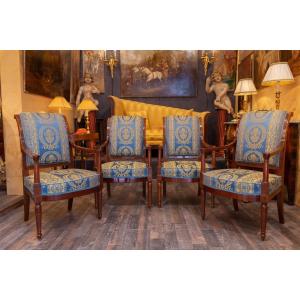












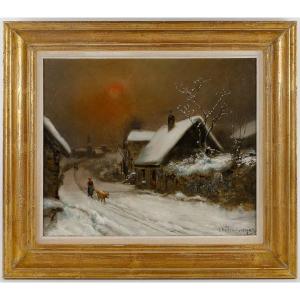
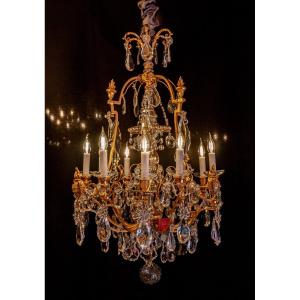



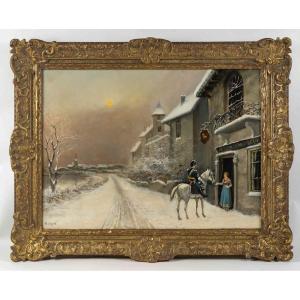



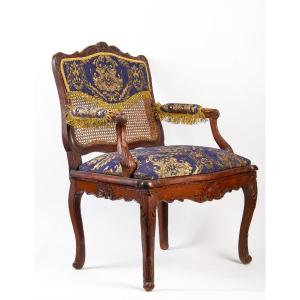
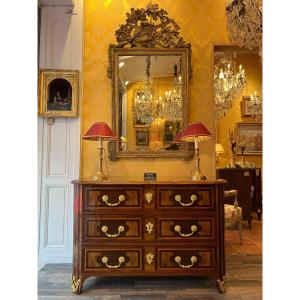

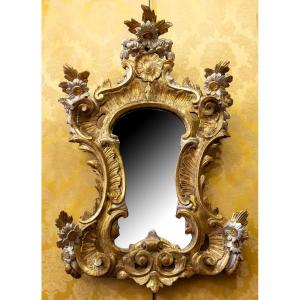

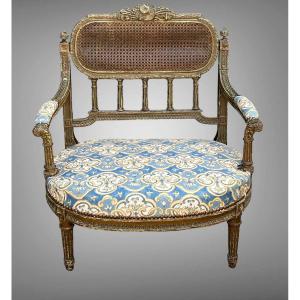

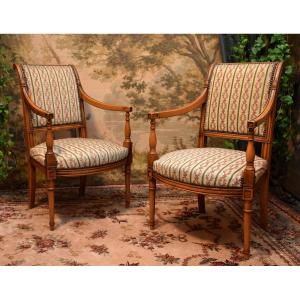
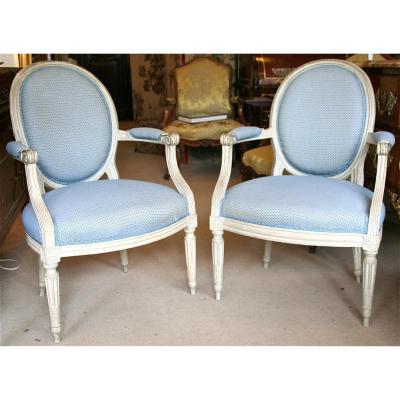




 Le Magazine de PROANTIC
Le Magazine de PROANTIC TRÉSORS Magazine
TRÉSORS Magazine Rivista Artiquariato
Rivista Artiquariato